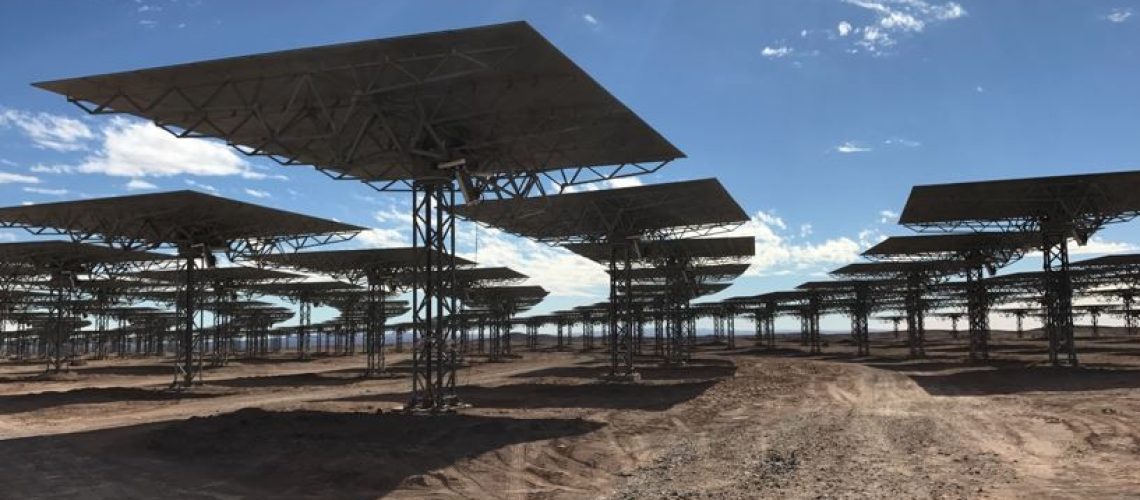Source: https://www.fraunhofer.cl/
- The results of the research carried out by Fraunhofer Chile and Professor Alvaro Lorca of the Pontificia Universidad Católica show that the levelized cost of energy or LCOE of the four hybrid solar plant models studied is lower than the cost of a traditional gas-fired thermal plant. natural.
A team of researchers from the Fraunhofer Center for Solar Energy Technologies in Chile developed * a comparative study between the levelized cost of energy (LCOE) of a hybrid solar plant – composed of a photovoltaic power plant and a concentrating solar tower plant – versus a natural gas thermal plant, determining that the LCOE of the hybrid plant is 38% lower. This demonstrates the competitiveness of this energy configuration based on solar technologies, which is especially relevant in a country where the main source of greenhouse gas emissions is the energy sector.
As detailed by Fraunhofer Chile researcher Catalina Hernández Moris, who leads this study, “a hybrid solar plant configuration made up of a photovoltaic and solar tower plant (STP) with 13 hours of storage and no generation restrictions has an LCOE of 53 USD/MWh, while the natural gas technology evaluated with a plant factor of 85% and a variable fuel cost of 2.0 USD/MMBtu has an LCOE of 86 USD/MWh. Therefore, hybrid solar plants – under a particular set of conditions – prove to be more profitable than their closest competitor for the Chilean grid, while providing significant dispatch capacity and flexibility, bringing their clean energy attributes of pollution”.
Challenges of renewables
Currently the main emitter of greenhouse gases in Chile is the energy sector, in which approximately 51% of energy emission sources still come from fossil fuels (coal, natural gas and diesel). At the same time, one of the main barriers to the advancement of renewable energies is dispatchability at night; For this reason, the hybrid solar configuration – tower concentration and PV – allows the best way to solve the challenge of 24/7 generation with competitive costs for the industry.
The deputy director of Fraunhofer Chile and an expert in CSP, María Teresa Cerda, highlighted that “concentration technology with storage corresponds to a form of clean electric power generation that provides different systemic benefits. It allows to produce dispatchable energy, increases the capacity factor and grants flexibility to the network. In addition, it allows the integration in greater proportions of variable renewable energies in the power systems”.
Finally, the researcher Catalina Hernández emphasized the importance of addressing technological solutions so that the energy industry can advance its decarbonization goals. “Due to the challenges of decarbonizing the energy matrix and the proposed goal of becoming carbon neutral by 2040, Chile faces the challenge of determining the best generation strategy taking advantage of the benefits of each existing technology. This requires studying the costs of the technologies and the benefits provided by each one”, which is why he indicated that this study seeks to provide information that allows the sector to make better investment decisions in the new scenario.

